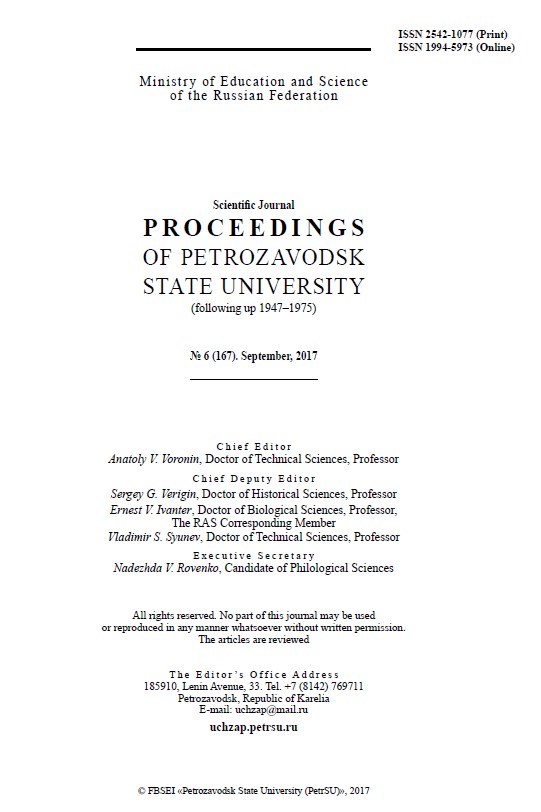BOTRYCHIUM MULTIFIDUM (S. G. GMEL.) RUPR В ЕСТЕСТВЕННЫХ И ТЕХНОГЕННЫХ МЕСТООБИТАНИЯХ НА СРЕДНЕМ УРАЛЕ
BOTRYCHIUM MULTIFIDUM (S. G. GMEL.) RUPR IN NATURAL AND TECHNOGENEOUS HABITAT IN THE MIDDLE URAL
Author(s): Margarita A. Glazyrina, Elena I. Filimonova, Natalia V. Lukina, Svetlana S. FateevaSubject(s): Physical Geopgraphy, Regional Geography, Environmental Geography
Published by: Петрозаводский государственный университет
Keywords: Botrychium multifidum (S. G. Gmel) Rupr; industrial dumps; cenopopulation; mycorrhiza;
Summary/Abstract: The purpose of this work is to study the spatial and age structures of cenopopulations, as well the morphological parameters of individuals and mycorrhizas of the roots of Botrychium multifidum (S. G. Gmel.) Rupr, (Botrychiaceae Horan.) growing on the industrial lands of the Middle Urals (the ash dump of Verkhnetagilskaya power station, the dam of the Shuralino-Yagodnoye gold deposit) and in the natural forest community (the forest park “Yugo-Zapadny”, Yekaterinburg). B. multifidum – a relic fern, meadow circumboreal species, is listed in the Red Books of many regions and republics of the Russian Federation. This species is rare in the Urals; it disappears due to the disturbance of natural habitats. It is shown that cenopopulations of B. multifidum in plant communities that are formed on industrial dumps are normal, incomplete (sprouts, middle age sporophagous and aging sporophytes are not found); virginyl sporophytes prevail at the ash dump of VTGRES and at the dam of Shuralino-Yagodnoye deposit of gold, and in the forest park – species of immature age. The analysis of age indices, effectiveness and recovery showed that on all sites the cenopopulations in focus were young. It is shown that in the studied communities, B. multifidum grows in groups. Morphological parameters of sporophore sporophytes depend on cenotic and edaphic factors. In the roots of B. multifidum, mycorrhizas of Paris-type, represented by intracellular coils of hyphae, hyphae and vesicles, was found in all of the investigated cenopopulations.
Journal: Ученые записки Петрозаводского государственного университета
- Issue Year: 2017
- Issue No: 6 (167)
- Page Range: 53-61
- Page Count: 9
- Language: Russian

